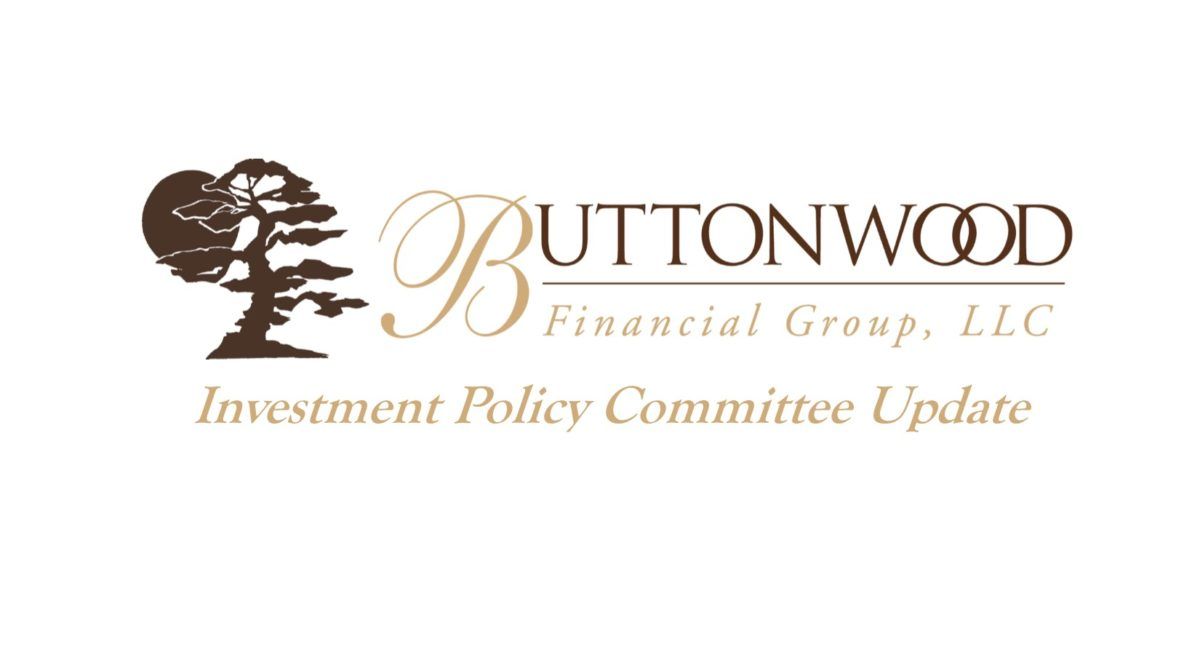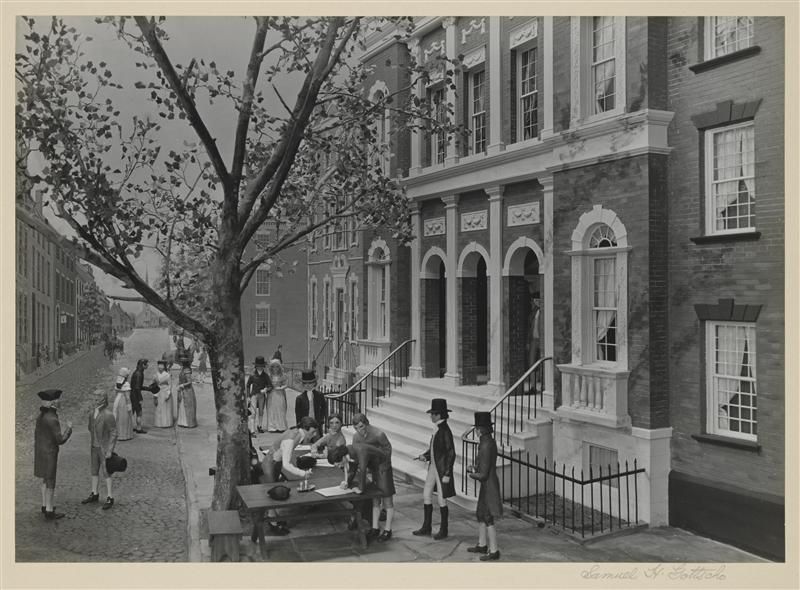Student Loan Forgiveness
Earlier in 2022, President Biden announced his Administration’s Student Debt Relief Plan. This plan is designed to provide student debt relief to eligible borrowers, allowing a bit more breathing room to middle-class Americans.
As of this writing, courts have issued orders blocking the student debt relief program. As a result, at this time, applications are not being accepted. The Biden Administration is working to overturn these orders. If you’ve already applied, your application will be held. If you would like email updates as this progresses, subscribe here.
Who's eligible
You are eligible if you have most federal loans (including Direct Loans and other loans held by the U.S. Department of Education) and your income for 2020 or 2021 is either:
- Less than $125,000 for individuals
- Less than $250,000 for households
If you are a dependent student, your eligibility is based on your parental income.
What you might be eligible for
- Up to $20,000 in debt relief if you received a Pell Grant in college
- Up to $10,000 in debt relief if you didn’t receive a Pell Grant
How it’ll work
- In October, the U.S. Department of Education launched a short online application for student debt relief. You won’t need to upload any supporting documents or use your FSA ID to submit your application.
- Once you submit your application, we’ll review it, determine your eligibility for debt relief, and work with your loan servicer(s) to process your relief. We’ll contact you if we need any additional information from you.
Biden-Harris Student Debt Relief Update - Protect Yourself From Scams
The Department of Education is sharing critical information on how to protect yourself from scammers trying to take advantage of student loan borrowers.
Here's a list of Do's and Don'ts to protect yourself against scams as you prepare to apply for debt relief.
- DON'T pay anyone who contacts you with promises of debt relief or loan forgiveness. You will not need to pay anyone to obtain debt relief. The application will be free and easy to use.
- DON'T reveal your FSA ID or account information or password to anyone who contacts you. The Department of Education and your federal student loan servicer will never call or email you asking for this information.
- DON'T ever give personal or financial information to an unfamiliar caller. When in doubt, hang up and call your student loan servicer directly. You can find your federal student loan servicer's contact information at Studentaid.gov/manage-loans/repayment/servicers.
- DON'T refinance your federal student loans unless you know the risks. If you refinance federal student loans eligible for debt relief into a private loan, you will lose out on important benefits like one-time debt relief and flexible payment plans for federal loans.
- DO create an FSA ID at StudentAid.gov. You will not need it for the debt relief application but having an FSA ID can allow you to easily access accurate information on your loan and make sure FSA can contact you directly, helping you equip yourself against scammers trying to contact you. Log in to your current account on StudentAid.gov and keep your contact info up to date. If you need help logging in follow these tips on accessing your account.
- DO make sure your loan servicer has your most current contact information. If you don't know who your servicer is, you can log into StudentAid.gov and see your servicer(s) in your account.
- DO share these messages with your networks and encourage others to sign up at www.ed.gov/subscriptions to be notified when the Student Loan Debt Relief application becomes available.
- DO report scammers to the Federal Trade Commission by visiting reportfraud.ftc.gov.
Having the most up-to-date and accurate information is your best protection against scammers.
You will hear directly from the Department of Education or Federal Student Aid when the application for debt relief is available. if you qualify for debt relief without needing to fill out an application, you will also hear from the Department or FSA directly. For additional information, visit the FAQ page on student debt relief.
To read more about the Biden-Harris Administration’s efforts to protect borrowers against scams, click here.The body content of your post goes here. To edit this text, click on it and delete this default text and start typing your own or paste your own from a different source.
Recent Buttonwood Articles

Are you ready to explore the benefits of your very own Family CFO?





